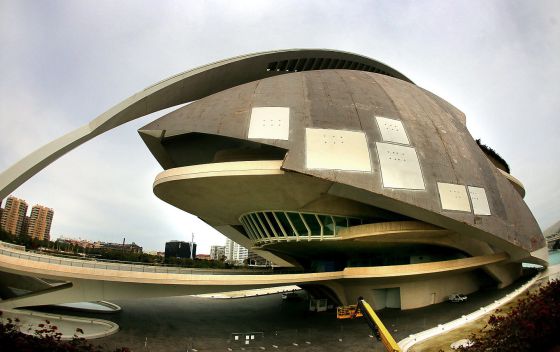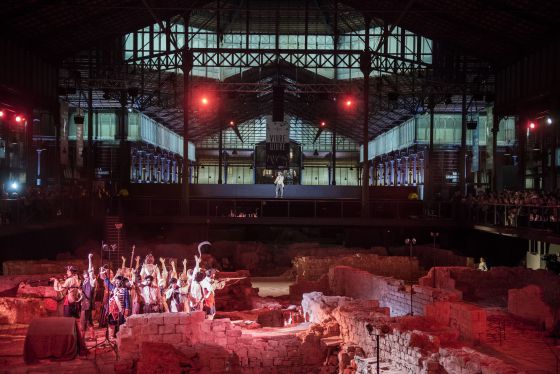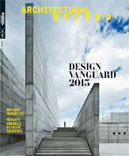Trevor Paglen
Open Hangar, Cactus Flats, NV, Distance ~ 18 miles, 10:04 a.m
C-Print
30 x 36 inches
2007
Trevor Paglen doesn't exactly document off-map secret US military and spy facilities. He hangs his photos in galleries and sells them to collectors, and he takes his shots with the historic context and tradition of landscape painting and photography in mind, especially, it seems, those old ideas about the romantic sublime.
I finally caught up with a New Yorker profile of him published last year, which can be found on his website here, where he explains his approach.
I don't quite get it. Is selling this as art a way to finance the work? No, he takes himself seriously as an artist. But I think all that purposely blurry stuff is the least interesting thing about his work.
In the New Yorker article, he complains to the writer at one point during a shoot that the atmosphere is too clear. On the photo above, he writes.
"Limit-telephotography most closely resembles astrophotography.... In some ways, however, it is easier to photograph the depths of the solar system... Between Earth and Jupiter (500 million miles away), for example, there are about five miles of thick, breathable atmosphere. In contrast, there are upwards of forty miles of thick atmosphere between an observer and the sites depicted in this series."Fair enough. But outing secrets is what counts for me, documentation as a political act, showing that these places, although off the map, are in our lives, in our minds, in our culture, in our relations with the rest of humankind.
Besides looking into Area 51 and other secret sites, he actually tracked down a secret CIA prison in Afghanistan. Good for him.
The Salt Pit, Northeast of Kabul, Afghanistan
C-print
24 x 36 inches
2006
My counter example would be Camilo José Vergara, who without any pretensions, and initially with many sacrifices, documented the unseen decaying inner cities of North America, from Detroit and Gary, Indiana to Camden and the Bronx. I've been reporting on him for years. His archives were bought a few years ago by the Getty, and he's had several books published, so the recognition is there. And there's no nonsense about art and mystery, though the images are as powerful as any you'll find.
Trevor Paglen website
http://www.paglen.com
Jonah Weiner
Prying Eyes
The New Yorker
Oct 22, 2012 p 54-61
Trevor Paglen
Invisible: Covert Operations and Classified Landscapes
Aperture, 2010
Annie Jacobsen
Area 51
An Uncensored History of America's Top Secret Military Base
Orion, London, 2011
Camilo José Vergara
The New American Ghetto
Rutgers University Press, 1997





































